1. Sony AIBO

Sony’s robotic dog AIBO, first released in 1999, was marketed as a futuristic pet for the digital age. It barked, walked, wagged its tail, and even responded to voice commands. At the time, it felt like the beginning of truly interactive home robots. But at $2,000, it was more novelty than necessity.
AIBO never made it past a niche audience and was discontinued in 2006 before getting a reboot in 2018. Even then, it remained prohibitively expensive and functionally limited. Despite the cool tech, people preferred real pets or more practical smart devices. AIBO now lives in tech museums as a charming but costly glimpse of what might’ve been.
2. Google Glass
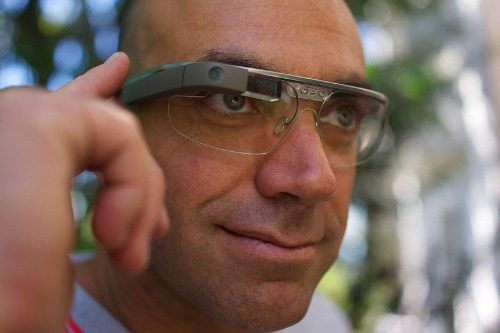
Remember when people walked around with tiny computers strapped to their faces like cyberpunk detectives? Google Glass debuted in 2013 with a ton of buzz—it was supposed to blend augmented reality with daily life. You could get directions, take photos, and even read texts, all in your line of sight. But most people just saw it as creepy and intrusive.
The term “Glasshole” was coined because of privacy concerns and awkward social interactions. Restaurants and public spaces started banning them almost immediately. Google eventually pulled the consumer version in 2015 and pivoted to enterprise markets. Today, it’s a fascinating relic of Silicon Valley’s wearable misfire phase.
3. The Clapper

This sound-activated gadget from the 1980s made people feel like they were living in the future—just clap your hands, and the lights turn on or off. It was advertised on late-night TV with the catchy jingle, “Clap on, clap off: The Clapper!” For a while, it was genuinely handy for folks with limited mobility or just a flair for drama. But the novelty wore off quickly.
Clapping twice isn’t always convenient, especially if you’re watching a movie or have pets that like to bark. The Clapper also had trouble distinguishing real claps from background noise. Voice assistants like Alexa and Google Home eventually made it obsolete with better responsiveness and smarter features. Today, it’s a campy, nostalgic oddity often found in thrift stores and tech museums.
4. LaserDisc Players
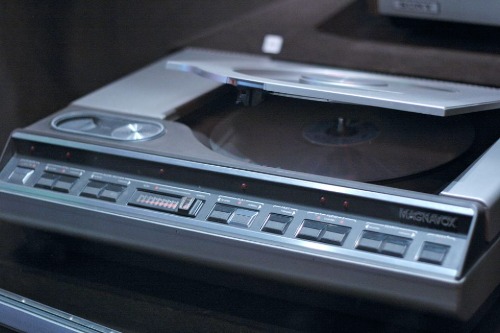
Before DVDs, there were LaserDiscs—giant, vinyl-record-sized video discs that looked like something from a sci-fi movie. In the late 1970s and ’80s, they promised better picture and sound quality than VHS, and movie buffs took notice. But the discs were bulky, expensive, and couldn’t record like VHS tapes could. Most households never bothered to switch.
LaserDisc players became a niche luxury, especially in Japan, but never reached mass adoption in the U.S. The format was discontinued in 2009, long after its relevance faded. Today, LaserDiscs are collector’s items more than practical media, sometimes displayed for their retro charm. Their size alone makes them look hilariously outdated next to modern streaming.
5. Motorola RAZR
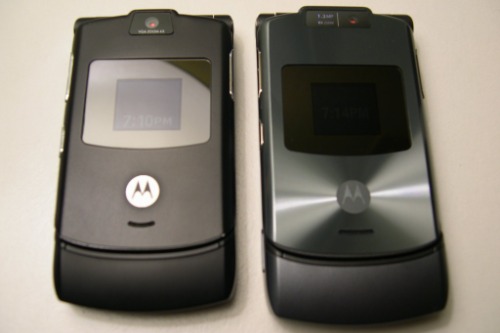
In the mid-2000s, the Motorola RAZR was the phone to have—slim, metallic, and absurdly stylish. It felt like the phone James Bond would use, and for a while, it was the best-selling clamshell phone in the world. But it wasn’t built to last, and smartphone technology quickly leapfrogged it. Once the iPhone came out in 2007, the RAZR felt instantly ancient.
Motorola tried to revive the brand in 2019 with a foldable screen version, but it never really caught on. People remembered the sleek look but didn’t want outdated functionality. As a result, the RAZR now mostly lives in nostalgic YouTube reviews and museum exhibits about mobile tech. It’s a reminder of how fast our “must-haves” turn into “remember-whens.”
6. PalmPilot
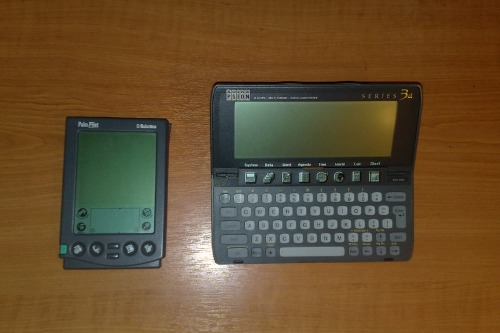
Before smartphones, there was the PalmPilot—your digital calendar, notepad, and address book all in one. It launched in 1996 and was wildly popular with business professionals. The stylus-based interface and tiny black-and-white screen were once considered cutting-edge. Syncing it to your computer via a cable felt like futuristic magic.
But the PalmPilot couldn’t evolve fast enough to compete with the rise of touchscreen smartphones. It lacked the internet connectivity and app ecosystem that users quickly came to expect. Palm tried branching into phones, but never regained momentum. Today, it’s remembered fondly as the PDA that almost made it.
7. Segway PT

When the Segway was unveiled in 2001, it was hyped as the invention that would “revolutionize personal transportation.” Tech leaders claimed cities would be redesigned around it, and investors poured in money with visions of a Jetsons-style future. But what we got was an awkward two-wheeled scooter that was expensive, clunky, and hard to store. It mostly found a home with mall cops and quirky city tours.
Despite its self-balancing brilliance, it never captured the public imagination. People didn’t want to look like they were hovering around on a science project. Plus, walking is free—and bikes and scooters were faster and cheaper. Segway production officially ended in 2020, making it a short-lived symbol of overblown tech optimism.
8. Betamax
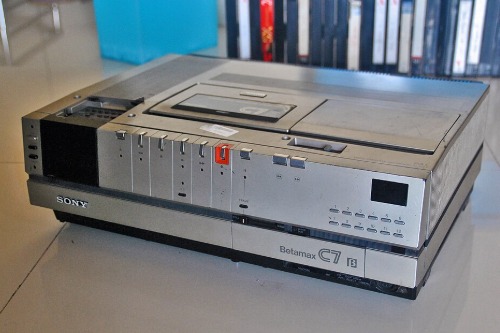
Betamax, released by Sony in 1975, actually had better video quality than VHS. It was the first widely available home video format, and for a brief time, it looked like it might dominate the market. But Sony kept the tapes small, limiting recording time compared to VHS’s longer format. That, combined with higher prices and tighter licensing, doomed Betamax.
By the mid-1980s, VHS had captured most of the market. Betamax limped on for a while, but never recovered commercially. Sony stopped producing Betamax cassettes in 2016—long after most people forgot they existed. Today, Betamax is a textbook case of how superior technology doesn’t always win.
9. Nintendo Power Glove

The Power Glove launched in 1989 with the promise of motion-controlled gaming—decades before the Wii. It looked straight out of a sci-fi movie and had a marketing campaign to match. But when kids finally tried it, they discovered it barely worked and was a nightmare to calibrate. Games were clunky and unplayable, making it more frustrating than fun.
Still, it became a cult icon thanks to its radical design and its role in the movie The Wizard. Its failure didn’t stop the dream of motion control—it just arrived too early. Nintendo eventually perfected the idea with the Wii Remote in 2006. Now the Power Glove is more of a meme than a milestone.
10. Zune
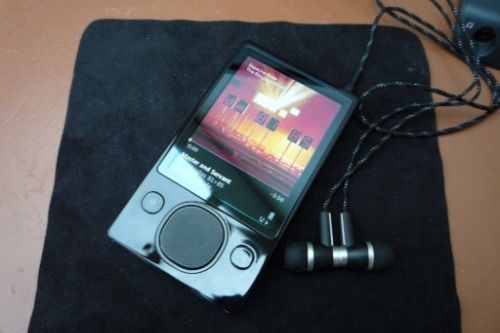
Microsoft’s Zune launched in 2006 as a direct competitor to the iPod, but it was late to the party. While it offered some cool features like wireless syncing and FM radio, it lacked Apple’s polish and massive iTunes ecosystem. Microsoft poured money into advertising, but the brand never really clicked with consumers. It became shorthand for second place.
Even the user interface, which was praised by some, couldn’t save it from poor sales. Microsoft discontinued the Zune in 2011, quietly ending its attempt to own the digital music space. The name still gets laughs as a classic tech also-ran. In fact, it even became a punchline in Marvel’s Guardians of the Galaxy.
11. View-Master VR
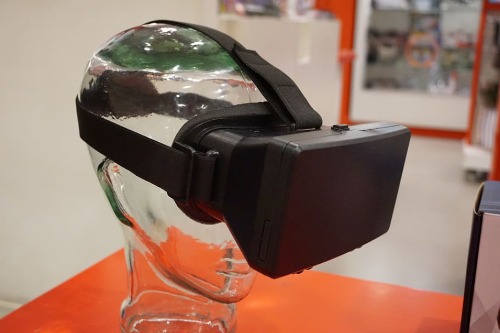
The original View-Master, launched in 1939, was a beloved stereoscopic photo toy. But in 2015, Mattel tried to reboot it as a VR headset using Google Cardboard tech. The new View-Master was aimed at kids and let them explore 3D worlds through a smartphone. It sounded great in theory but didn’t offer much content or visual clarity.
The novelty wore off fast, especially with better VR options on the market. Parents didn’t want to shell out for another smartphone add-on that didn’t deliver. Production ended just a few years later, and now it’s an odd VR footnote. A reminder that not everything retro should be reimagined.
12. RCA SelectaVision CED
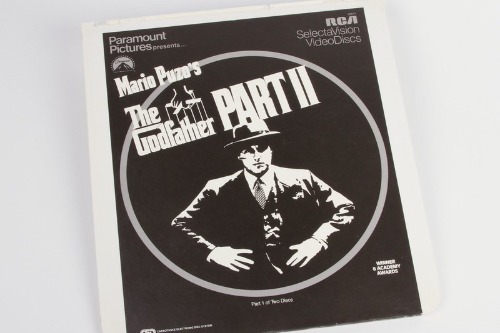
The RCA SelectaVision CED system was a strange hybrid between vinyl and video—literally a movie encoded onto a grooved disc. Launched in 1981 after over a decade in development, it was already outdated by the time it hit store shelves. You needed a special stylus to read the disc, and the system was prone to wear and skipping. Plus, it couldn’t compete with VHS or LaserDisc on functionality or quality.
RCA lost around $600 million on the project and pulled the plug by 1984. The CED format was never widely adopted, and most people today have never even heard of it. Collectors now snap them up for their sheer weirdness and design. It’s a prime example of a future that flopped—before most people even saw it.
This post 12 Gadgets That Were Once the Future of America—Now They’re Museum Punchlines was first published on American Charm.


